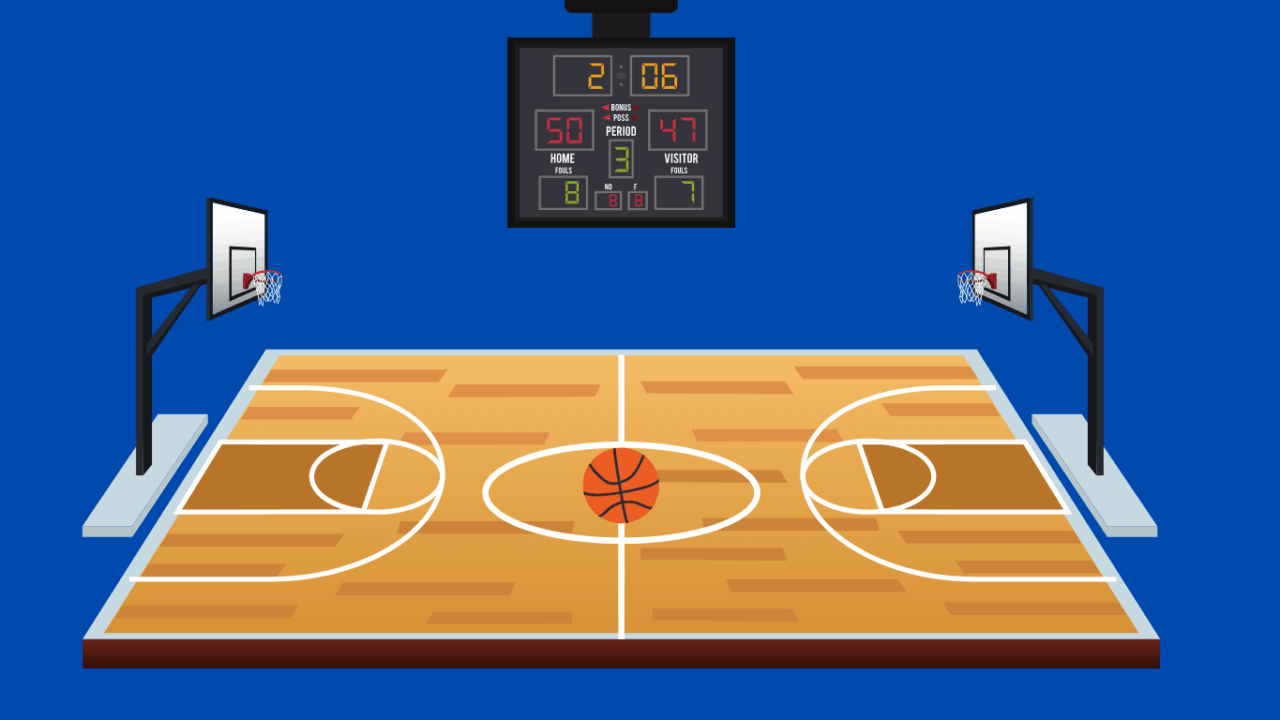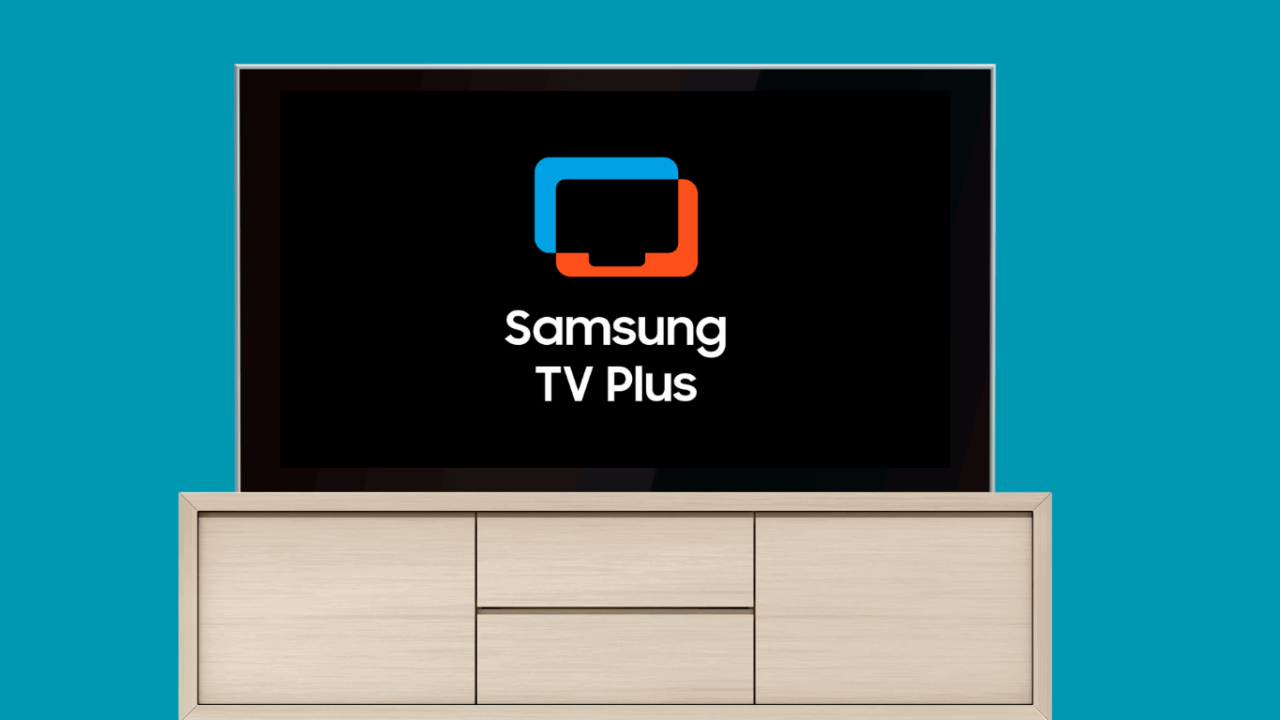Google and Roblox’s Immersive Ads Open New Monetization Paths for Brands

Google recently announced a partnership with Roblox to introduce Immersive Ads, which offer publishers and brands a new revenue stream by providing advertisers with a way to engage with audiences through relevant and captivating content.
These Immersive Ads are integrated seamlessly within the gaming experience, appearing as virtual billboards while driving through a digital city or as advertisements displayed on large screens during a virtual football game. This natural blending into the game environment enhances the overall user experience.
Having tested Immersive Ads last year, Google has since refined the implementation process and introduced video formats, creating additional opportunities for both publishers and advertisers.
This move aims to attract potential brands looking to reach the influential Gen Z and Gen Alpha demographics. With these younger generations spending substantial time in digital environments, the ability to engage them through immersive advertising can drive brand awareness and affinity. By integrating ads into virtual worlds like Roblox where these audiences already spend their time, brands can establish a more meaningful connection, according to marketers.
Google declined to comment on this story, and Roblox did not respond to a request for comment.
Sean Clancy, Managing Director of SEO Gold Coast, noted that Google’s recent decision to sell immersive ad space in Roblox is intriguing. He believes this move could significantly reshape the concept of advertising in the digital age. Instead of merely focusing on user engagement and branding opportunities, Clancy argues that it represents a shift towards creating a brand presence within a user-driven game environment.
“Brands will have to think about not only how to market but also how to allow users to become part of the story,” said Clancy. “What happens when your ad is not an interruption, but a catalyst for something a player experiences and even shares with others?”
Success in advertising on Roblox depends on understanding its culture, respecting user expectations, and offering genuine value within the game. This can include non-intrusive placements and branded virtual goods that enhance gameplay and strengthen community connections. It’s also critical to track the performance of these in-game campaigns, moving beyond just click counts to evaluate the true impact of the brand.
Roblox boasts over 70 million daily active users, predominantly under 18. This demographic represents a vibrant culture rather than just an audience. Brands can connect directly with users in immersive ads within games, like on Roblox, which is essential for gaining trust. For many young people, Roblox is a key space for socializing and self-expression. Ads that blend smoothly into their experiences, rather than traditional billboards, help brands build real connections.
This presents a significant opportunity and a strategic challenge. Brands should not treat Roblox as just another display channel, as gamers often dislike ads that interrupt gameplay.
While this was a concern with Street Fighter 5, it’s more accepted in games like Fortnite and WWE 2K. Success requires rethinking marketing in a 3D, social environment. The main questions are: How can you enhance the player experience without disruption? How do you stay true to your brand while respecting the game world?
Several brands have allocated marketing dollars within Roblox and Web3 platforms this year. Differin aimed to engage Gen Z by promoting education about its skincare products. Similarly, Chipotle and Superdrug focused on attracting the Gen Alpha audience and the Detroit Pistons created its own virtual arena.
Calvin Innes, General Manager and Executive Creative Director at JvM NERD London,described a new link between programmatic media buying and virtual worlds. This development helps brands using Google Ads enter Roblox with familiar, immersive ads that engage users without needing extensive activations.
“You’re now able to buy into one of Gen Alpha and Gen Z’s most culturally significant platforms, without needing to build a full custom experience or game which can be hugely expensive, time consuming and difficult to position authentically,” said Innes.





